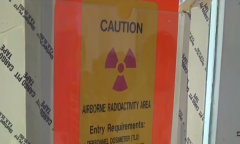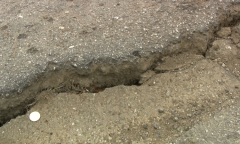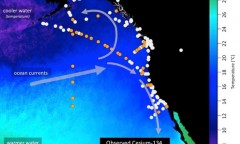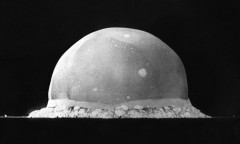By KM Diaz, | May 26, 2017
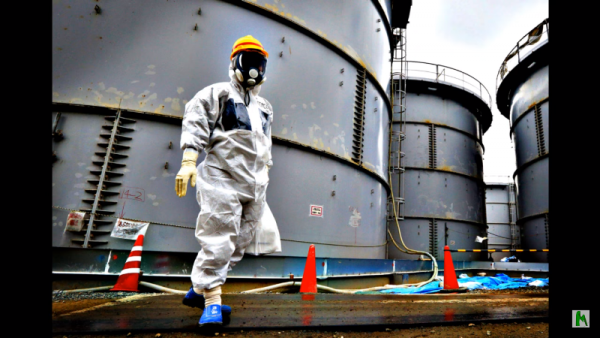
The Nuclear Regulatory Commission considered a new proposal for safety requirements at U.S. plants after the Fukushima disaster. (YouTube)
According to the May 26 issue of the Science magazine, researchers say that the U.S. Nuclear Regulatory Commission (NRC) underestimates the potential risks of nuclear disaster as they rely on incorrect analysis to defend its refusal in adopting critical measurements to protect the Americans against the catastrophic nuclear-waste fire to any reactor sites around the country. The result could be larger than the radioactive emissions from the in Fukushima disaster in 2011.
Like Us on Facebook
The researchers at the Union of Concerned Scientists and Princeton University said that the NRC is putting a lot of people at risk. The pools, used to store and cool radioactive fuel rods, are carrying nuclear waste that could make a fire, sufficient to deliver a radioactive substance to contaminate an area - double the size of New Jersey.
These outcomes could be triggered by a terrorist attack or large earthquake, but it can be avoided through regulatory measures. However, researchers say that NRC declines to implement the actions as they only used biased regulatory analysis to exclude the threat of terrorism and fire damage 50 miles away from the site. Neglecting these factors, according to researchers, the agency fails to account and significantly underestimate the damage of disasters.
After the Fukushima disaster in Japan in March 2011, spent-fuel pools were brought into the spotlight. The NRC considered a new proposal for safety requirements at U.S. plants after the Fukushima disaster. For instance, plant owners are required to expedite the transfer of all the spent fuel cooled in pools for a minimum of five years in dry storage containers.
In the analysis of NRC, an average nuclear site can cause $125 billion damages due to fire in a spent-fuel pool. But, the agency decided that such fire will unlikely happen, and requires plant owners to pay $50 million per pool.
The cost-benefit analysis of NRC believed that contaminated areas can be cleaned up within a year and there will be no radioactive contamination 50 miles away from the site. These assumptions, researchers say, are inconsistent in Fukushima and Chernobyl accidents.
The authors of the study point out that Congress could fix the problems if there are no actions from NRC. Researchers also suggest that providing subsidies to uneconomical nuclear reactors in their margins could play a valuable role in creating subsidies available only for plants that agreed to expedite the transfer of spent fuel.
-
Use of Coronavirus Pandemic Drones Raises Privacy Concerns: Drones Spread Fear, Local Officials Say

-
Coronavirus Hampers The Delivery Of Lockheed Martin F-35 Stealth Fighters For 2020

-
Instagram Speeds Up Plans to Add Account Memorialization Feature Due to COVID-19 Deaths

-
NASA: Perseverance Plans to Bring 'Mars Rock' to Earth in 2031

-
600 Dead And 3,000 In The Hospital as Iranians Believed Drinking High-Concentrations of Alcohol Can Cure The Coronavirus

-
600 Dead And 3,000 In The Hospital as Iranians Believed Drinking High-Concentrations of Alcohol Can Cure The Coronavirus

-
COVID-19: Doctors, Nurses Use Virtual Reality to Learn New Skills in Treating Coronavirus Patients


